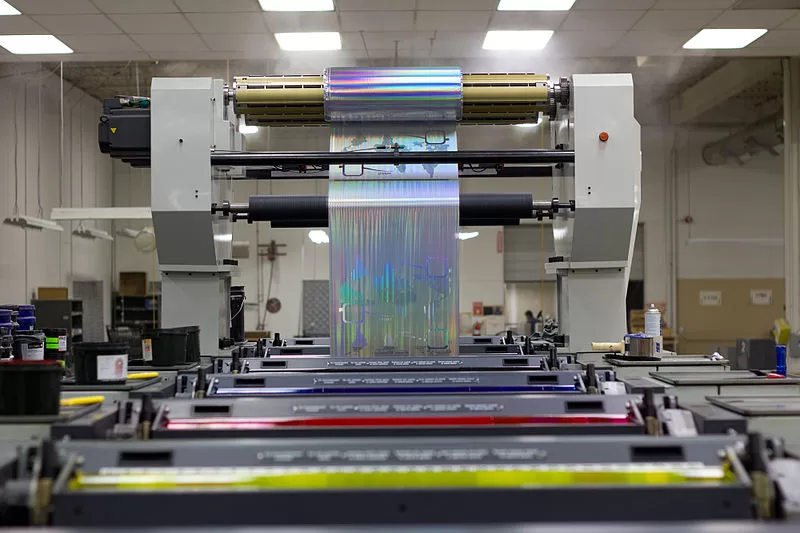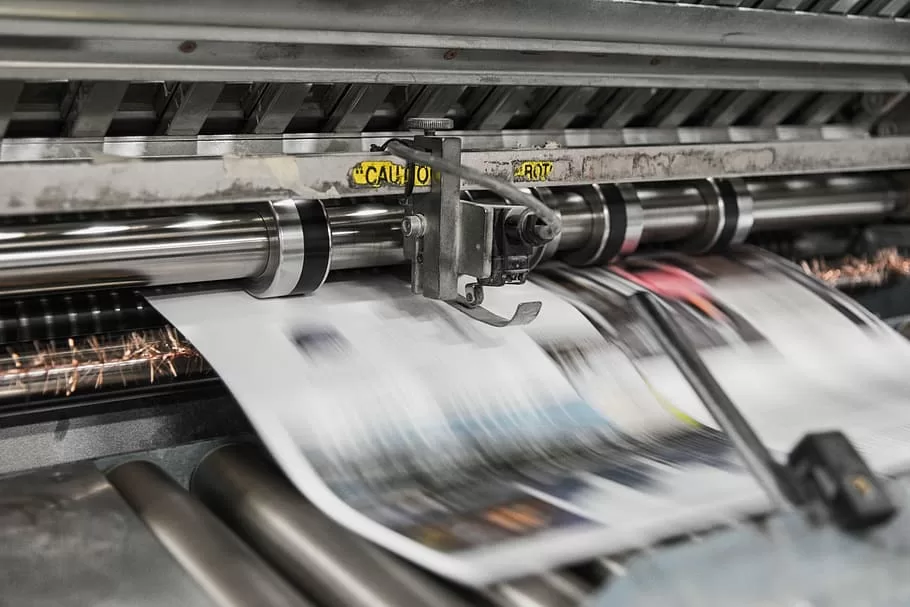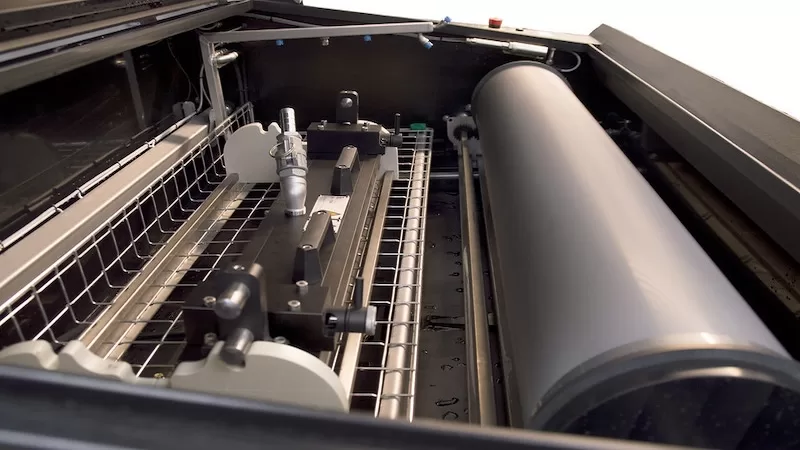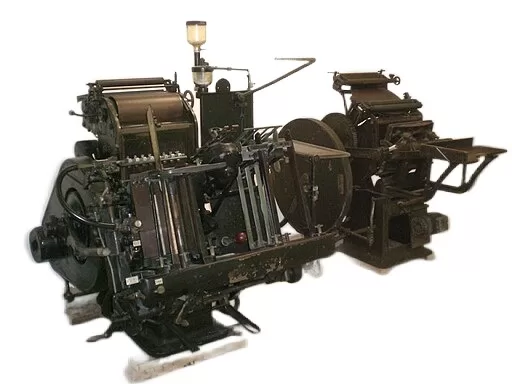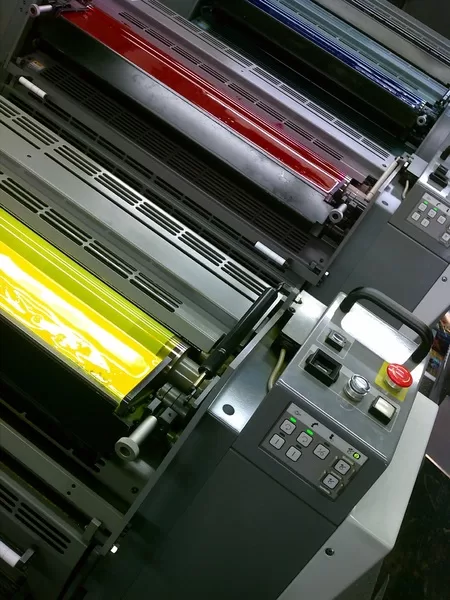Foiling is the process of adding a foil layer over printed images to increase durability, contrast, and glossy finish.
It is commonly used on images that will be exposed to harsh environmental conditions, such as outdoors or in direct sunlight. Adding foil to printing can also create a metallic or glossy effect.
It is a way of adding protection to a print run by adding a foil layer. Logos and text are also easier to read in bright sunlight with foiling.
Variety of effects
It is possible to create a variety of effects in print designs by foiling. Foiling also has the ability to resist damage, making it an ideal choice for high-quality prints. Additionally, foil can add dimensionality and personality to prints. As such, foiling is often used in fashion and graphics design.
How foiling in flexography works
To add a glossy shine to images, foiling is a thermal printing process. An image is foil-coated with a heat-resistant agent, usually wax, which is melted and poured over it. The wax coats the image, enabling it to be printed more clearly than with traditional thermal printing.
Where did it come from?
Flexographic printing began using foiling more than fifty years ago, and it has since become a standard process.
Print surfaces are foil-coated to protect the ink and paper from environmental damage. Print media wear and tear is reduced with foiling, which improves print quality.
How Can I Use Foiling In My Own Designs?
In addition to promotional materials, such as brochures and flyers, foiling can be applied to any printing project where a finished product will be handled or handled.
Foiling can be applied to what kinds of materials?
Foiling can be applied to almost any material that can be printed using traditional printing methods. Even glass can be used as a resistor, plastic, or PVC pipe!
Surfaces that are foil-dipped usually require a different finish than standard prints – they are often heated or served first.
The finicky nature of foiling makes it ideal for special editions or one-off items rather than mass production
FAQs:
What Is the Difference Between Spot and Continuous Foiling?
Spot foiling is a printing technology used in high-quality flexography, where the printed image appears to be “spot” or “stainless” on the outside of the sheet.
Continuous foiling is a printing process where two pieces of material are pasted together at right angles, with an intervening adhesive film. This results in smooth, even coverage throughout the print.
Conclusion
Foiling in Flexographic Printing is a process where the adhesive foil is applied to the printing surface before the ink prints onto it.
By applying a layer of adhesive foil, you can create an extremely durable print that resists dirt and contamination. Additionally, foiled prints often have a smoother finish than unfoiled prints, which makes them more aesthetically appealing.
Whether you are looking to improve the durability of your print or give it a more striking appearance, foiling in Flexographic might be just what you are looking for.


